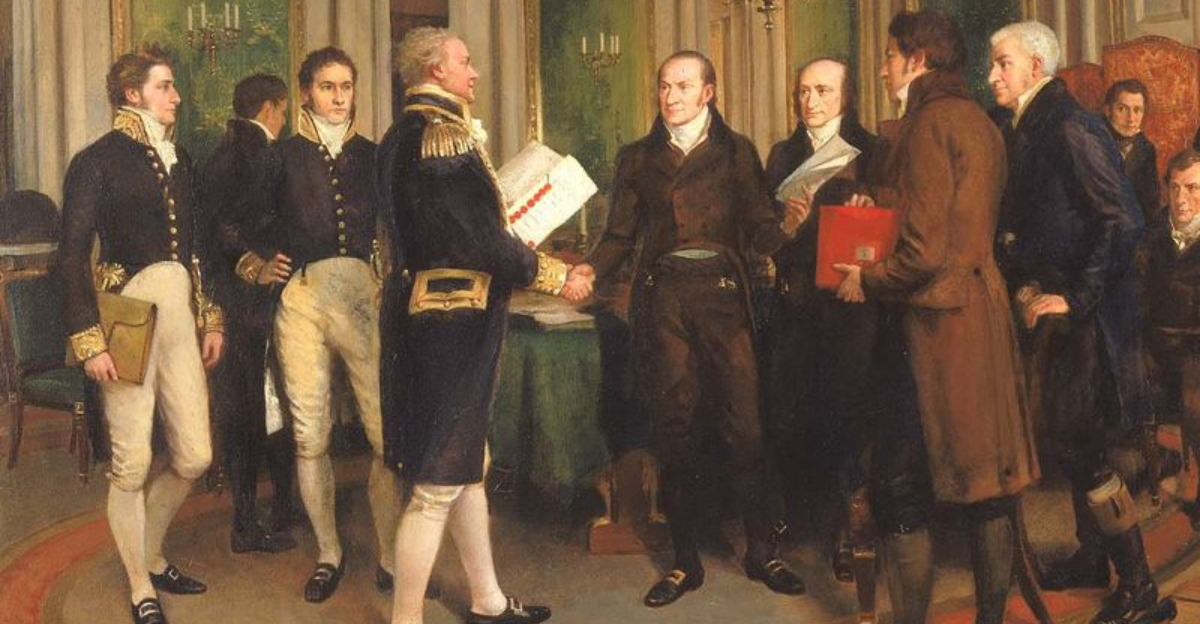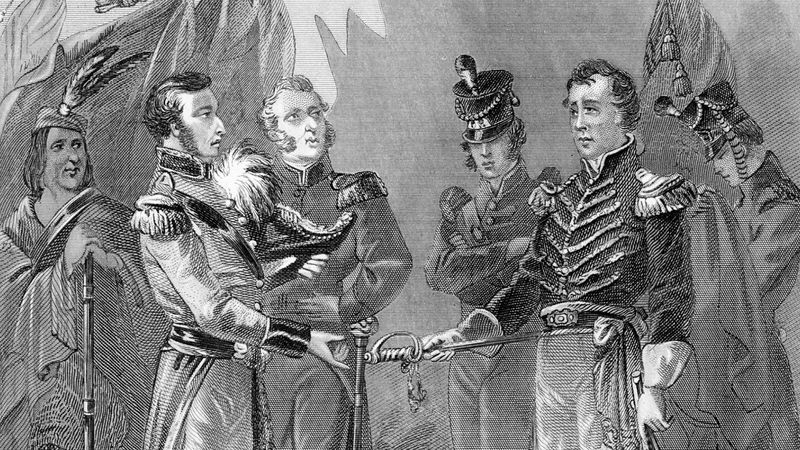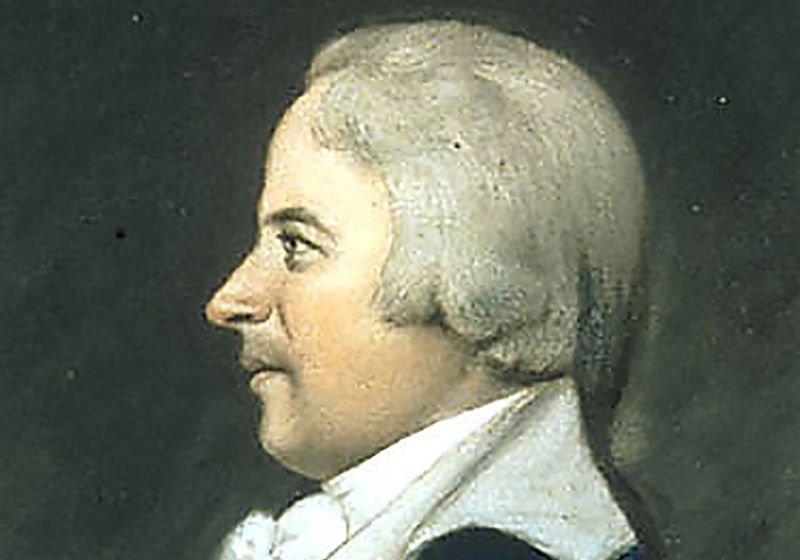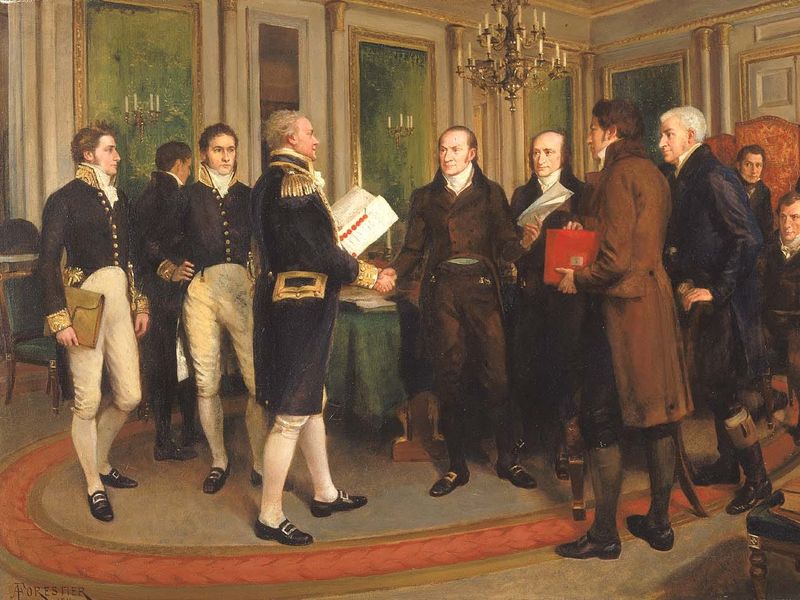In 1812, the United States believed it could seize Canada from the British Empire with ease—expecting Canadian colonists to welcome them as liberators. Spoiler alert: that did not happen. Instead, the invasion turned into a series of military blunders, miscalculations, and national embarrassments. Here are 7 ways the War of 1812’s plan to take over Canada went hilariously and historically wrong.
1. The Americans Thought It’d Be a Cakewalk
U.S. leaders were convinced that Canadian colonists were eager to join the American republic. However, this was far from true. Canadians, including British loyalists and Indigenous allies, showed fierce resistance instead.
The assumption that Canadians would welcome the American forces turned out to be a strategic blunder. Rather than receiving cheers and open arms, the American troops faced muskets and determined defenders at every turn.
2. Their Generals Had No Clue What They Were Doing
Generals like William Hull were veterans of the Revolutionary War but lacked the competence and vigor for this new conflict. Hull, overwhelmed by fear, surrendered Fort Detroit without a fight, despite having more troops.
Many U.S. commanders were out of touch with modern warfare and their indecisiveness led to several humiliating defeats. The lack of strategic insight was evident, and the results were disastrous for the invasion effort.
3. They Forgot About Geography—and Winter
The harsh geography and brutal winters of Canada were formidable foes the Americans hadn’t planned for. Soldiers lacked proper winter gear and were unprepared for the rugged terrain and frozen conditions.
These logistical oversights severely hampered operations and morale. Marching through snow, crossing icy lakes, and navigating muddy roads proved to be as challenging as any battle.
4. Indigenous Allies Weren’t on Their Side
The Americans hoped for Indigenous neutrality but faced fierce opposition instead. Tecumseh, a charismatic leader, rallied Native nations to the British cause, fiercely defending their lands.
This alliance turned the Northwest Territory into a nightmare for U.S. forces. The Indigenous warriors’ knowledge of the land and tactical prowess were crucial in repelling American advances.
5. They Kept Losing—Embarrassingly
American forces faced repeated defeats in battles like Queenston Heights and Chateauguay. The Canadian militia, backed by British regulars and Indigenous warriors, used unconventional tactics and local expertise to outsmart the invaders.
Despite having better equipment, American troops struggled against the well-coordinated defense. The string of losses became a significant embarrassment for the United States.
6. The Capitol Got Torched
In retaliation for American aggression, British forces invaded Washington, D.C., in 1814, burning the White House and the Capitol. This stunning attack highlighted the vulnerabilities of the United States.
The sight of the nation’s capital in flames was a searing reminder of the war’s toll and the ineffectiveness of America’s military strategies.
7. The U.S. Gained Nothing—Literally
After years of conflict and chaos, the Treaty of Ghent ended the War of 1812 in 1814, restoring pre-war conditions. No land was gained; borders remained unchanged.
The war that began with ambitions of conquest concluded in diplomatic stalemate. For the United States, the failed attempt to seize Canada ended with economic strain and no tangible gains.







